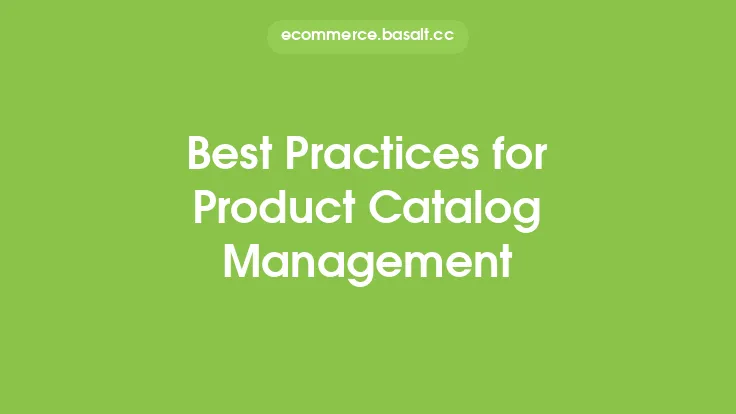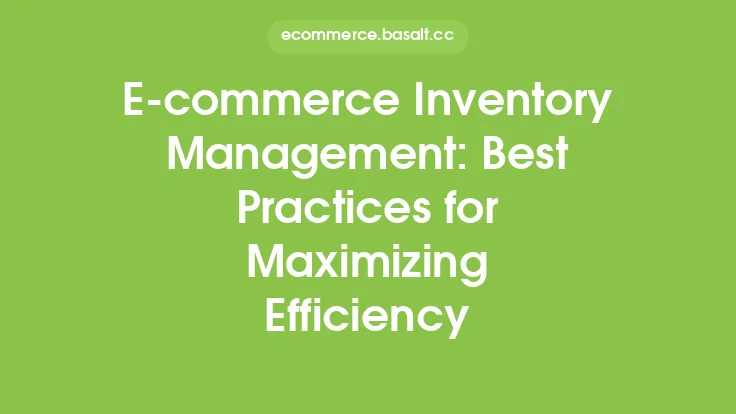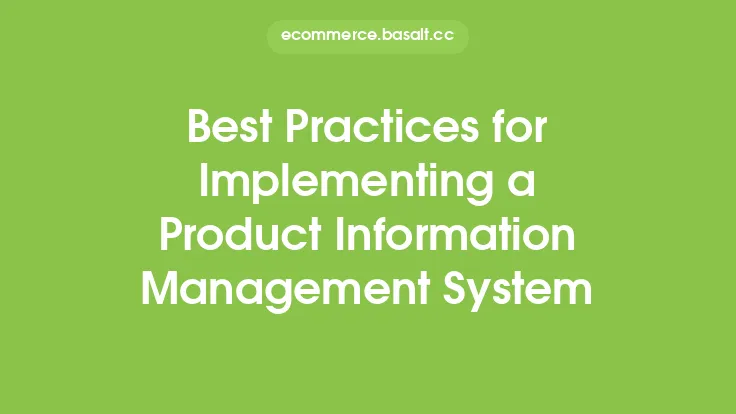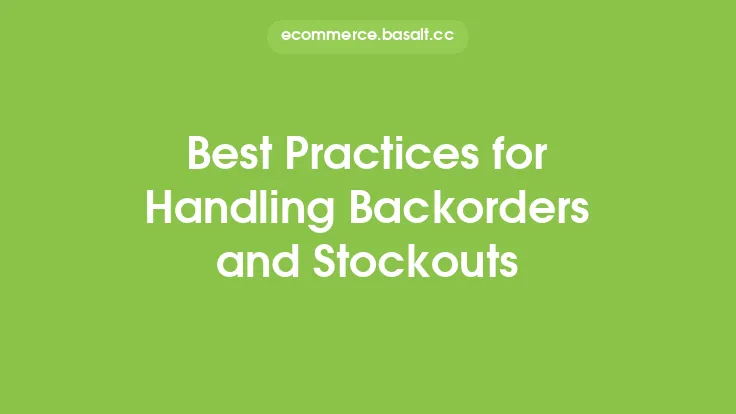Effective content management is crucial for e-commerce stores as it directly impacts the user experience, search engine rankings, and ultimately, sales. A well-managed store content strategy helps to establish a strong brand identity, builds trust with customers, and sets the store apart from competitors. In this article, we will delve into the best practices for store content management, providing insights and actionable tips to help store owners and managers optimize their content strategy.
Understanding the Importance of Store Content Management
Store content management encompasses a wide range of activities, including creating, publishing, and maintaining content across various channels and platforms. This includes product descriptions, images, videos, blog posts, customer reviews, and other types of content that are essential for engaging customers and driving sales. Effective store content management is critical for several reasons. Firstly, it helps to improve the user experience by providing customers with accurate, relevant, and up-to-date information about products and services. Secondly, it enhances search engine optimization (SEO) by ensuring that content is optimized for keywords, meta tags, and other ranking factors. Finally, it helps to build trust and credibility with customers, which is essential for establishing a loyal customer base and driving long-term growth.
Developing a Store Content Strategy
Developing a store content strategy is the first step towards effective content management. This involves defining the store's content goals, target audience, and key messaging. Store owners and managers should start by conducting a content audit to identify existing content, gaps, and areas for improvement. They should also define their content goals, such as increasing sales, improving customer engagement, or enhancing brand awareness. Additionally, they should identify their target audience, including demographics, preferences, and behaviors, to create content that resonates with them. A well-defined content strategy should also include key messaging, such as the store's unique value proposition, brand voice, and tone.
Creating High-Quality Store Content
Creating high-quality store content is essential for engaging customers and driving sales. This includes product descriptions, images, videos, and other types of content that showcase products and services. Store owners and managers should focus on creating content that is accurate, relevant, and up-to-date. They should also use high-quality images and videos that showcase products from different angles and in different contexts. Additionally, they should optimize content for SEO by using relevant keywords, meta tags, and other ranking factors. Store content should also be mobile-friendly, accessible, and easy to navigate, to ensure that customers can find what they are looking for quickly and easily.
Managing Store Content Across Multiple Channels
Managing store content across multiple channels is a critical aspect of content management. This includes social media, email marketing, blogs, and other channels that are essential for engaging customers and driving sales. Store owners and managers should use a content calendar to plan, schedule, and publish content across multiple channels. They should also use social media management tools to schedule posts, track engagement, and analyze performance. Additionally, they should use email marketing automation tools to personalize and optimize email campaigns. Store content should also be consistent across all channels, to ensure that customers receive a cohesive and consistent brand message.
Measuring and Optimizing Store Content Performance
Measuring and optimizing store content performance is essential for improving the effectiveness of content management. This includes tracking key performance indicators (KPIs) such as page views, engagement, conversion rates, and sales. Store owners and managers should use analytics tools to track content performance, identify areas for improvement, and optimize content for better results. They should also conduct A/B testing and experimentation to identify the most effective content types, formats, and channels. Additionally, they should use customer feedback and reviews to identify areas for improvement and optimize content for better customer satisfaction.
Maintaining and Updating Store Content
Maintaining and updating store content is critical for ensuring that content remains accurate, relevant, and up-to-date. This includes regularly reviewing and updating product descriptions, images, and videos, as well as ensuring that content is consistent across all channels. Store owners and managers should use a content management system (CMS) to manage and update content, and ensure that all content is optimized for SEO. They should also use a content calendar to plan and schedule content updates, and ensure that all content is reviewed and approved before publication. Additionally, they should use version control and backup systems to ensure that content is safe and can be easily recovered in case of errors or losses.
Ensuring Store Content Accessibility and Compliance
Ensuring store content accessibility and compliance is essential for avoiding legal and regulatory issues. This includes ensuring that content is accessible to customers with disabilities, and that it complies with relevant laws and regulations such as the Americans with Disabilities Act (ADA) and the General Data Protection Regulation (GDPR). Store owners and managers should use accessibility guidelines and checklists to ensure that content is accessible, and that it complies with relevant laws and regulations. They should also use compliance tools and software to ensure that content is compliant, and that it is regularly reviewed and updated to ensure ongoing compliance.
Conclusion
Effective store content management is critical for e-commerce stores, as it directly impacts the user experience, search engine rankings, and ultimately, sales. By developing a store content strategy, creating high-quality store content, managing store content across multiple channels, measuring and optimizing store content performance, maintaining and updating store content, and ensuring store content accessibility and compliance, store owners and managers can optimize their content strategy and drive long-term growth and success. By following these best practices, stores can establish a strong brand identity, build trust with customers, and drive sales and revenue.





